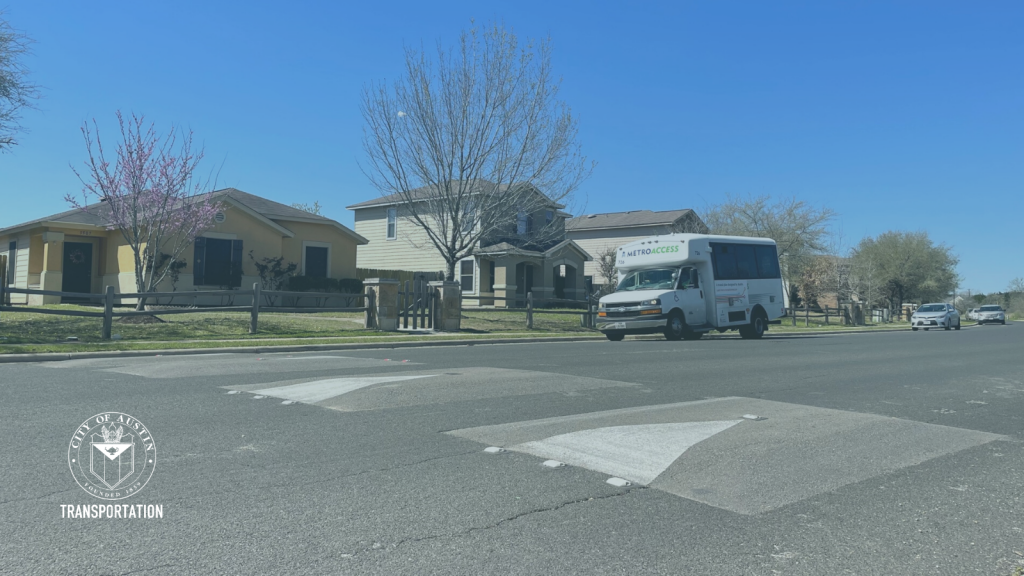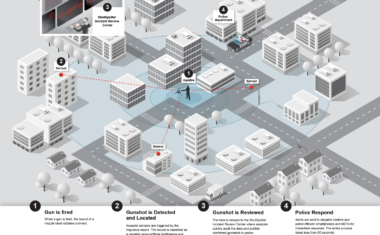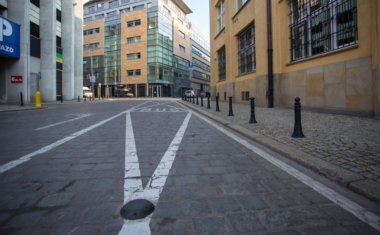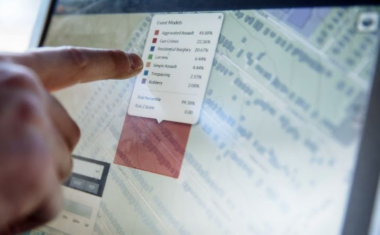Austin Transportation’s Speed Management Program
- 6
- 9 min to read

Austin, USA
About the city. Speeding is the primary contributing factor in one-quarter of Austin traffic fatality crashes. Each year more than 10,000 people lose their lives to speed-related crashes in the United States. In Austin, data shows speeding was the primary contributing factor in 24% of traffic crashes resulting in death between 2013-2017. This makes it the top one of the four behaviours which contribute to most of the fatal crashes in Austin (along with failure to yield, distraction, and intoxication).
Goal
The program’s objectives to reduce egregious speeding on all street levels and the likelihood of serious injury and fatal crashes support the City’s Vision Zero goal.
Implementation period. ATD developed the Speed Management Program in February 2019.
Fact
Austin’s City Council launched Vision Zero as a policy within the Imagine Austin Comprehensive Plan in October 2015. Vision Zero is a holistic strategy to end traffic-related fatalities and serious injuries while increasing safe, healthy, and equitable mobility for all.
Solutions
Austin Transportation is pursuing two concurrent initiatives that make up the Speed Management program:
- Speed limit changes: Austin Transportation conducts a citywide review of existing speed limits using data and applicable engineering studies to recommend changes or reductions in speed limits, where appropriate.
- Traffic calming treatments: Austin Transportation uses a multi-step data-driven process to select priority street segments and construct cost-effective engineering treatments that support reduced roadway speeds.
Speed limit changes
Based on a comprehensive traffic engineering study, the City Traffic Engineer determined safe and prudent roadway speeds on a wide range of roadways in Austin. The speed limit strategy is outlined in three parts:
- Neighbourhood Streets – streets that are approximately 36 feet or less in width and have primarily front-facing residential land uses will be posted at 25MPH. Some neighbourhood streets wider than 36 feet will also have reduced posted speed limits.
- Urban Core Arterials – most major arterial streets (Level 3 ASMP streets) within the city urban core bounded by US 183, SH 71, and Loop 1, will be posted at 35MPH or less, with a few exceptions.
- Downtown Streets – most streets within the area bounded by N. Lamar Blvd., Martin Luther King, Jr. Blvd, I-35, and Lady Bird Lake will be posted at 25MPH. Guadalupe St., Lavaca St., MLK Jr. Blvd., 15th St., Cesar Chavez St., and Lamar Blvd. will be posted at 30MPH.
Traffic calming treatments
The new methodology for selecting traffic calming treatments uses a data-informed, equity-focused approach that considers crash history, characteristics of individual streets and surrounding neighbourhoods, and speed data to proactively identify residential streets for potential speed mitigation interventions. Staff developed this new approach based on knowledge gained and feedback received through the following: the prior Local Area Traffic Management (LATM) Program, input from over 1,100 Austinites during a public engagement process in summer/fall 2019, and staff’s research on national best practices and emerging academic research which clarifies the impact of speed on safety outcomes and quality of life.
Austin Transportation has selected a list of 14 projects for implementation starting in winter 2020. These projects are anticipated to be completed by the end of the calendar year 2021.
There are 3 types of devices:
1. Horizontal deflection devices encourage drivers to slow down by introducing an obstacle that drivers must safely and comfortably navigate around. The horizontal shift in roadway geometry due to physical devices may also introduce an optical narrowing of the road.
2. Vertical deflection devices encourage a driver to slow down by introducing raised sections of pavement that vehicles have to drive over.
3. Speed monitoring and awareness tools provide drivers with dynamic feedback or information by using Dynamic Speed Display Devices (DSDD), yard signs, and other informational and safety signage. Giving feedback or safety messaging may remind drivers to change their behaviour and encourage slower speeds.
The seven key Speed Management Program elements are as follows:
- Data and information
- A toolkit of engineering countermeasures
- Methods for setting speed limits
- A holistic approach with education and enforcement
- Coordination with other programs
- Equity
- Evaluation
Team
The City of Austin, Austin Transportation Department (ATD).
Timeline
In addition to the streets done, Austin Transportation began construction on an initial batch of traffic calming projects the week of May 24, 2021. Each project installation is expected to take 2-5 days to complete, and construction is expected to conclude in early July 2021. The list of streets:
- Abilene Trail – Convict Hill Road to Beckett Road
- Blessing Avenue – Atkinson Road to Anderson Lane
- Colony Park Drive – Loyola Lane to Ritchie Drive
- Heflin Lane – Springdale Road to Webberville Road
- Palace Parkway – Slaughter Lane to Dittmar Road
- Provines Drive – Mothereal Drive to Turner Drive
If you notice an error or inaccuracy in our editorials, please email [email protected] so we can look into it.






